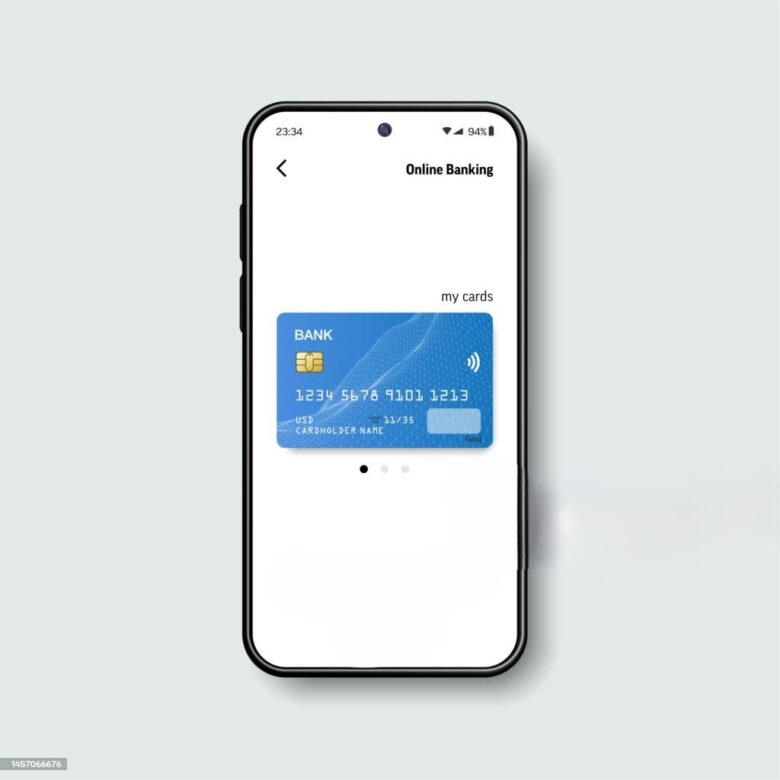Introduction
FinTech is leading the charge in modern technological advancements, with a staggering market value of over $179 billion. As a result, startups and innovators are racing to uncover the next groundbreaking development in finance and banking. This article will explore seven FinTech innovations set to make a significant impact in 2024.
These innovations are not merely incremental improvements; some build upon existing trends in the finance industry, while others are truly revolutionary. They have the potential to transform the way we interact with financial institutions, manage our money, and think about financial services.
The list of innovations includes:
1. Virtual/Online Cards
Cashless payments have become the norm for consumers, offering a faster, easier, and more convenient alternative to traditional cash transactions. Online payments, debit cards, and credit cards are just a few examples of the primary modes of cashless payments. However, a new FinTech innovation is emerging: virtual cards.
Virtual cards are revolutionizing the way we apply for and use credit cards. With online shopping on the rise, users can now completely forgo physical cards. But what if new users never need a physical card at all? Virtual cards offer more than just convenience; they provide an added layer of protection against fraud by limiting the amount of information shared during transactions. Plus, they come with spending control features like setting amount limits and choosing specific vendors.
As online shopping continues to dominate, virtual cards will only get better. They’re an exciting development in the FinTech space, and their benefits will only continue to grow. With virtual cards, consumers can enjoy a safer, more controlled, and more convenient payment experience.
2. Open Banking
In today’s digital age, consumers crave control over their financial lives. They expect effortless management of payments, credit scores, loan applications, and more. FinTech startups are revolutionizing this space by crafting innovative solutions, made possible by open banking. This practice allows banks and financial institutions to share consumer data with authorized third-party providers, encompassing account details, transaction history, spending habits, and credit scores.
With user consent, these providers harness this data to develop cutting-edge financial applications, empowering consumers with unique solutions. Open banking’s user-centric approach has sparked a surge in FinTech innovation, fostering new companies and enhancing consumer services. The value of open banking transactions has soared to $57 billion in 2023, with experts predicting continued growth in the coming years.
3. Blockchain Applications
The debate surrounding cryptocurrency and blockchain continues to intensify, with proponents citing overnight success stories and skeptics decrying their perceived absurdity. However, beyond the controversy, blockchain technology holds immense potential to transform FinTech. By leveraging distributed ledger technology (DLT), blockchain enables the secure and transparent recording and sharing of data across multiple platforms.
This innovation has already given rise to various FinTech advancements, including digital wallets, digital assets, decentralized finance (DeFi), and non-fungible tokens (NFT). Moreover, blockchain-powered solutions like smart contracts and digital wallets are revolutionizing cross-border payments. They offer faster settlement times, access to new markets, reduced costs, enhanced security, and increased transparency – a significant improvement over traditional payment methods.

4. Voice Enabled Payments
Voice assistants have become an integral part of our daily lives, providing effortless navigation and control over our devices and online experiences. One significant FinTech innovation enabled by voice assistants is voice-enabled payments, allowing users to make transactions using simple voice commands. This feature is accessible through various devices, including smartphones, smart speakers, and point-of-sale systems, provided a linked payment method, such as a credit/debit card or mobile wallet, is in place.
Upon initiating a payment, the voice assistant verifies and authenticates the transaction using the linked payment method. Voice-enabled payments offer numerous benefits to both users and merchants. For users, they provide a convenient, hands-free experience, ideal for multitasking or situations where manual input is impractical, like driving or cooking. Additionally, voice-enabled payments enhance security through biometric authentication, verifying the user’s identity more effectively than traditional payment methods.
Merchants also reap benefits, including improved customer experience, increased sales, reduced fraud, and enhanced operational efficiency. By embracing voice-enabled payments, businesses can streamline transactions, minimizing errors and fostering a seamless experience for their customers.
5. Mobile Only Banks
The advent of mobile-only banks has transformed the banking landscape, offering a seamless and cost-effective way to manage finances entirely through mobile apps. These digital banks provide a comprehensive range of services, including checking and savings accounts, debit cards, loans, and investment products, all accessible from the convenience of a smartphone. Additionally, they often feature innovative tools like mobile check deposits, peer-to-peer payments, and budgeting aids, which surpass traditional banking offerings.
The primary advantage of mobile-only banks lies in their unparalleled convenience, allowing customers to bank anywhere, anytime, with just a few taps on their device. This resonates particularly with younger generations, who increasingly rely on their smartphones for daily tasks. Furthermore, mobile-only banks boast affordability, as they bypass the overhead costs associated with physical branches, resulting in lower fees and more competitive interest rates. This translates to substantial savings for customers over time.
Notable mobile-only banks in the USA, such as Moneylion and Upgrade, are leading the charge in this fintech revolution, redefining the banking experience for a new era of digital-savvy consumers.
6. Robotic Automation
Automation is a dominant trend in various industries, including FinTech, where businesses seek to optimize efficiency and minimize labor costs. Robotic Process Automation (RPA) leverages AI, computers, or machines to perform specific tasks, such as data entry, form filling, and document processing. While not revolutionary, RPA addresses mundane challenges and enhances overall productivity.
In FinTech, RPA holds promise for:
1. Enriched customer experience.
2. Increased productivity.
3. Streamlined accounting processes.
RPA’s applications extend to:
1. KYC (Know Your Customer) and AML (Anti-Money Laundering) procedures, automating manual tasks and detecting abnormal activities.
2. Mortgage lending and loan underwriting, supporting banks with tedious processes.
Although concerns about job displacement are valid, RPA’s adoption is crucial for banks and financial institutions to deliver superior customer services. By embracing RPA, they can refocus human resources on high-value tasks, driving innovation and growth.
7. Machine Learning and AI
Machine learning (ML) and artificial intelligence (AI) are revolutionizing the FinTech industry, driving innovation and improvement in financial products, services, and systems. Key applications include:
1. Fraud detection: Analyzing large datasets to identify patterns and anomalies, enabling banks to detect and prevent fraud more effectively.
2. Credit scoring: Developing more accurate and predictive models to inform lending decisions and reduce default risks.
3. Investment management: Powering robo-advisors and investment tools to help investors make informed decisions.
4. Risk management: Creating sophisticated models to enhance risk management and protect customers.
AI in banking also enhances customer experience through:
1. Chatbots: Providing 24/7 support and answering customer queries.
2. Personalization: Recommending relevant products and services to individual customers. These technologies are transforming the FinTech landscape, enabling financial institutions to improve efficiency, security, and customer satisfaction.
Conclusion
As we look ahead to 2024, the FinTech landscape is poised for significant advancements that promise to revolutionize the way we manage, interact with, and perceive financial services. From the convenience and security of virtual cards to the transformative potential of blockchain applications, these innovations are set to reshape the financial industry.
Open banking is empowering consumers with more control and customization over their financial data, while mobile-only banks offer unprecedented convenience and affordability. Voice-enabled payments are introducing a new level of ease and security in transactions, and robotic automation is streamlining processes to improve efficiency and productivity. Meanwhile, machine learning and AI are enhancing everything from fraud detection to personalized customer experiences.
These FinTech innovations are not just about making incremental improvements; they are about fundamentally changing the way we interact with our finances, creating more secure, efficient, and user-friendly experiences. As startups and established companies continue to push the boundaries of what is possible, the financial landscape will continue to evolve, offering exciting opportunities for both consumers and businesses.
In conclusion, the FinTech innovations of 2024 are set to make a profound impact on the financial industry, driving forward a new era of digital transformation. By embracing these technologies, companies can stay ahead of the curve, meet the evolving needs of their customers, and unlock new levels of growth and success. The future of finance is here, and it is more dynamic, secure, and accessible than ever before.








